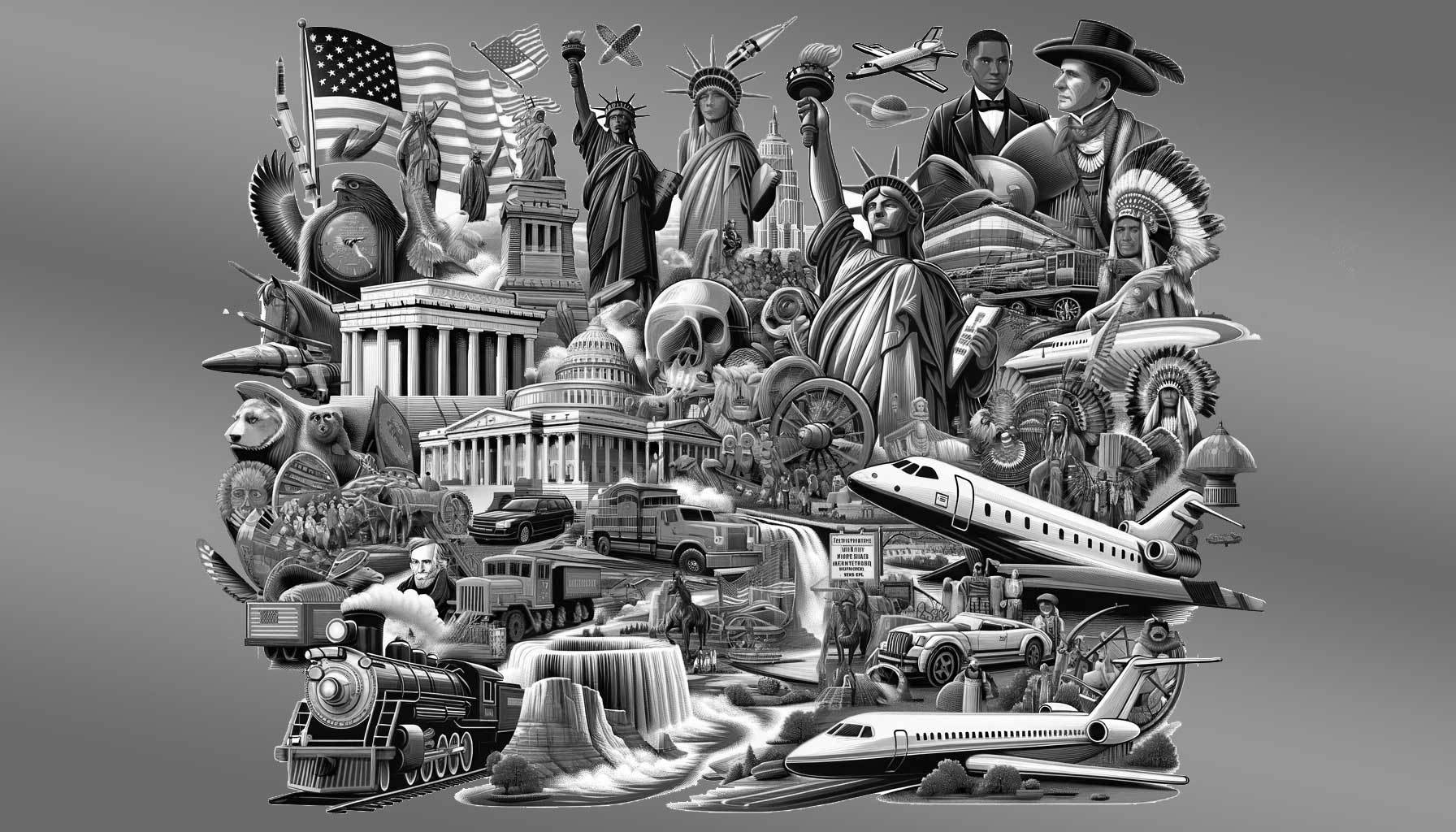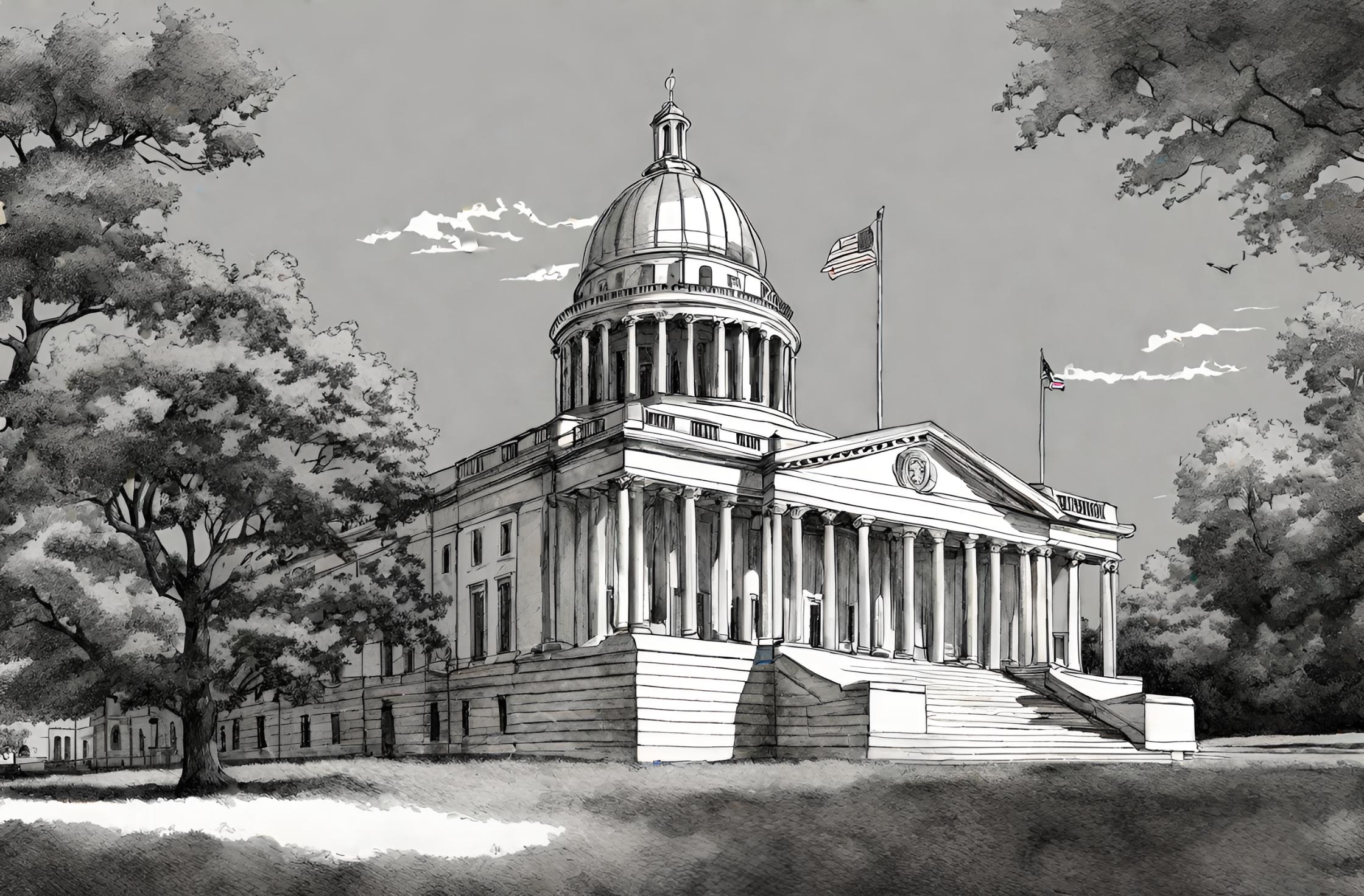Flashback to May 20
American History

1960
Third US presidential debate with Richard Nixon in Hollywood and John Kennedy in New York.
Read moreThe third US presidential debate in the historic election year of 1960 offered a unique technical innovation that changed the face of American politics. For the first time ever, two presidential candidates, Richard Nixon and John Kennedy, participated in a televised debate from different locations. This event, held on October 13, 1960, saw Nixon in Hollywood and Kennedy in New York, turning the world of political campaigns and strategies on its head.
Before delving into the debate event details, it’s essential to understand the context in which this third debate occurred. The election year of 1960 witnessed a fierce combat between the Republican nominee, Richard Nixon, and his Democratic counterpart, John F. Kennedy. Their electoral strategies included appealing to television audiences, thus revolutionizing the use of media in political campaigns.
Richard Nixon, already known to the American public for his tenure as Vice President under President Dwight D. Eisenhower, felt the pressure during these debates. He faced a charismatic and well-spoken opponent in John Kennedy, a senator from Massachusetts. Kennedy’s plans to project an appealing image on television met with great success, particularly during the first debate, where Nixon’s visibly nervous demeanor faced harsh critique.
However, by the time of the third debate, Nixon had learned his televisual lessons well. Based in a Hollywood studio, he appeared more at ease, expressing his stance on important issues with utmost confidence. His focus was sharp, and he emphasized the experience he had gained during his years in the Eisenhower administration.
Meanwhile, over a thousand miles away in New York, Kennedy consistently held his ground. With his cool attitude and eloquent discourse, he continued his conversation with the American electorate, reinforcing his vision for a new era in American foreign and domestic policy.
The use of the “split-screen” technology, a pioneering innovation at the time, ensured that viewers saw both Nixon in Hollywood and Kennedy in New York simultaneously. This democratic recourse to technology allowed the candidates to address the voters directly, making the third presidential debate of 1960 an astounding watershed in political campaigning.
The subjects discussed during this debate ranged across a broad spectrum. Both Kennedy and Nixon talked about their respective standpoints on vital issues such as defense, foreign policy, the economy, and healthcare, among others. Their articulate discussions highlighted the policy differences, thus offering the American voters an insightful perspective into their future leadership’s direction.
It’s important to note how important this third televised debate was in the campaign. The debates, and particularly this third one, were seen by millions and provided the candidates with an unparalleled platform to directly address the citizens, a feat that previous candidates could not have even dreamt about. Indeed, the 1960 presidential debates amplified the role of television in political campaigns, setting precedent for future elections.
In the aftermath of this third debate, it became apparent that the utilization of television in political campaigns wasn’t just a trend but a new reality. Both Kennedy and Nixon had understood the power television offered in reaching out to the average American voter.
the third US presidential debate between Richard Nixon and John F. Kennedy on October 13, 1960, symbolized not only a critical moment in that year’s race to the White House but also a pivotal turning point in using media for political campaigns. Whether it was Nixon in Hollywood, confident and persuasive, or Kennedy in New York, articulate and undeterred, the event catered to a viewership that had found a new way to assess their future leaders. The unique debate highlighted how technology could serve democracy, ushering in an era where visual media became integral to electoral politics in America.
We strive for accuracy. If you see something that doesn't look right, click here to contact us!
Sponsored Content

American Civil War: The…
On May 20, 1861,…

Joseph Blanco White theological…
Joseph Blanco White, the…

10,000 demonstrate against war…
On May 20, 1967,…

White mob attacks “Freedom…
On May 20, 1961,…

